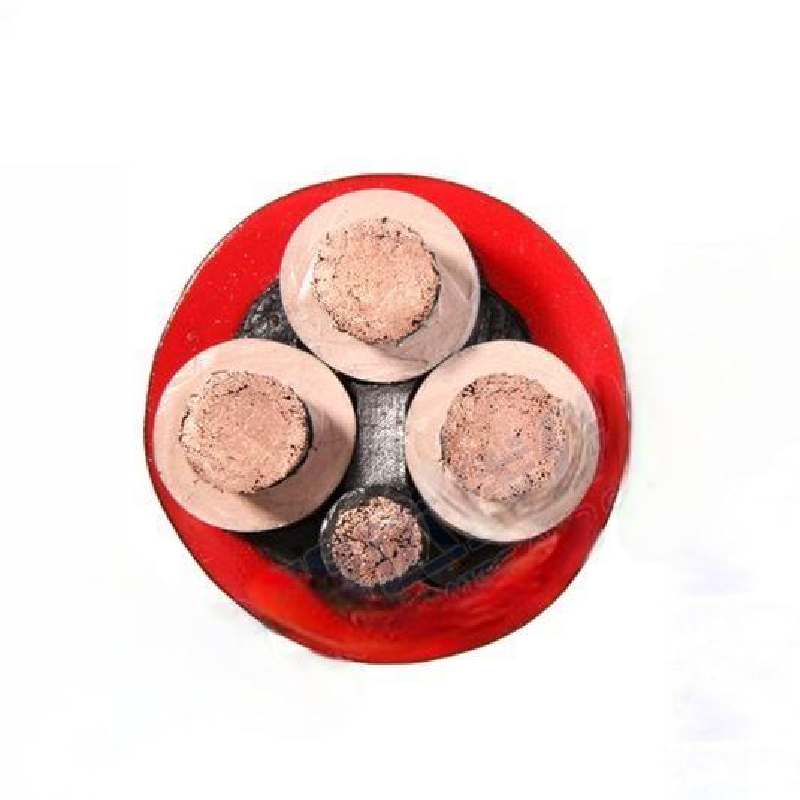វិច្ឆិកា . 24, 2024 20:56 Back to list
foot valve with strainer
Understanding the Foot Valve with Strainer An Essential Component for Efficient Water Management
In the world of fluid mechanics and water management, the foot valve plays a pivotal role in ensuring the efficient operation of pumping systems. Specifically, a foot valve with a strainer is designed to prevent debris and unwanted particles from entering the pump, thereby enhancing its longevity and performance. This article delves into the functions, advantages, and selection criteria of foot valves with strainers.
What is a Foot Valve?
A foot valve is a type of check valve that is installed at the bottom of a suction line in a pump system. Its primary function is to maintain the pump’s prime and prevent backflow when the pump is not in operation. This is crucial for ensuring that the pump can start easily and operate effectively when needed.
The foot valve includes a strainer, which serves additional purposes by filtering out sediments and other solids that could potentially damage the pump or affect its performance. The importance of this combined functionality cannot be understated, especially in applications where water sources may contain various contaminants.
Key Functions of the Foot Valve with Strainer
1. Prevents Backflow The foot valve allows flow in only one direction—towards the pump. When the pump stops, gravity and pressure changes can cause water to flow back into the source, but the foot valve prevents this by closing.
2. Maintains Prime By preventing backflow, the foot valve helps keep the suction line filled with water. This is crucial for water pumps, which require a prime to function efficiently. Lack of prime can lead to pump cavitation, which can cause serious damage.
3. Debris Filtration The strainer component of the foot valve traps debris, sand, leaves, and other particulates. This filtration protects the pump from wear and tear, thus prolonging its lifespan and maintaining its efficiency.
Advantages of Using a Foot Valve with Strainer
- Increased Pump Efficiency By ensuring that only clean water enters the pump, the strainer minimizes the risk of clogs and damage, maximizing operational efficiency.
foot valve with strainer

- Reduced Maintenance Costs A properly functioning foot valve with strainer can significantly reduce the frequency of maintenance checks and costly repairs
. By preventing debris from entering the system, it helps maintain the integrity of the pumping equipment.- Enhanced Lifespan of Equipment Less wear and tear on the pump translates to a longer lifespan for the equipment. This is especially valuable in industrial and agricultural settings where pump replacement can be prohibitively expensive.
- Improved Reliability A reliable water supply is paramount for various applications. The foot valve with a strainer ensures that water is consistently available without interruptions caused by equipment failure.
Selection Criteria for Foot Valves with Strainers
When choosing a foot valve with a strainer, several factors should be considered
- Material of Construction Foot valves can be made from various materials including stainless steel, PVC, and cast iron. The choice of material should match the application's requirements, particularly considering the corrosiveness of the fluid and environmental factors.
- Strainer Size and Type The size of the strainer and the mesh rating will determine the level of filtration. It is essential to select a strainer that effectively captures the anticipated solids without significantly reducing water flow.
- Flow Rate The foot valve should be compatible with the pump's flow rate to ensure optimal performance. Check the manufacturer’s specifications for maximum and minimum operating conditions.
- Pressure Ratings Make sure that the valve can withstand the operating pressure of the system. Choosing a foot valve that is rated for higher pressure than what you anticipate can provide an additional safety margin.
Conclusion
A foot valve with a strainer is an integral part of a pumping system, particularly in environments prone to the ingress of debris. Understanding its functionality and benefits allows operators to make informed decisions regarding their water management systems. By maintaining the pump's prime and safeguarding against unwanted particles, this essential component ensures efficient and reliable water supply, ultimately extending the life of the pump and reducing maintenance needs. Thus, investing in a quality foot valve with strainer is not just a choice but a necessity for effective fluid management.
Share